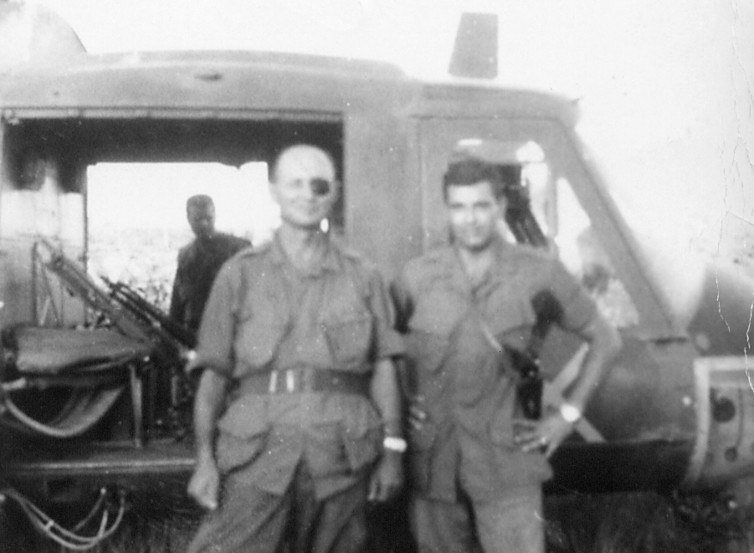Reporting on the Israeli-Palestinian conflict is the ultimate challenge in international news. It demands a thick skin. In no other field of international diplomacy are journalists’ words subjected to such scrutiny. It demands knowledge not just of history, but of vastly differing cultural, religious, and geographic perspectives. At times, it demands willingness to face danger.
All of these factors are relevant as the world marks 50 years since 1967’s Six-Day War, whose consequences continue to shape the parameters of any discussion of the conflict. As the BBC’s Jeremy Bowen put it in his book on the conflict, Six Days: “The occupation that started in 1967 has become the driving force behind the violence that Israelis and Palestinians are inflicting on each other.”
Israel’s military success in the Six-Day War redrew the borders of the Middle East – and it also set a new standard for government spin in wartime. Alongside its preparations for war, Israel ran a masterful communications campaign designed to disguise its military one. “Newspaper offices not only in Israel, but throughout the world, received pictures of Israeli troops on leave relaxing on the beaches,” remembered journalist Winston Churchill, grandson and namesake of Britain’s wartime prime minister, in the account he co-authored with his father, Randolph.
Read the full article by James Rodgers at The Conversation.

